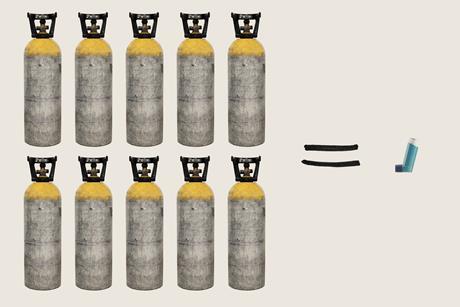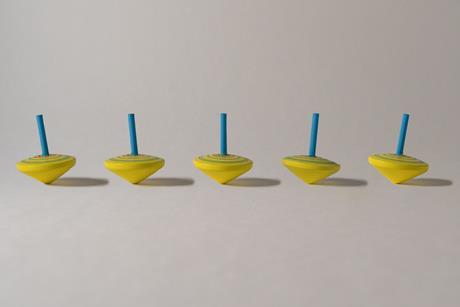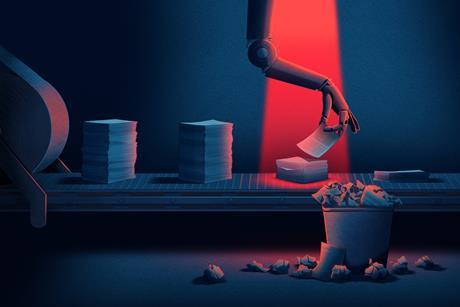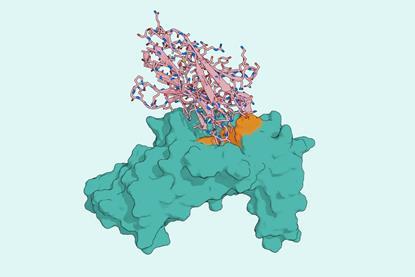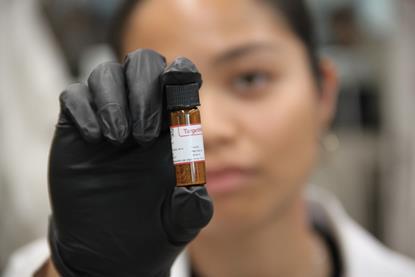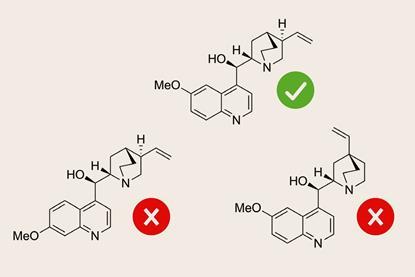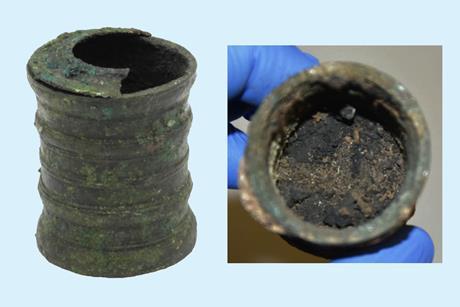Global analysis identifies trends in platform chemical research
Ammonia and methanol lead shift towards greener technologies
Bottleable group 14 isonitrile a synthetic first
Highly bulky aryl ligand made isolation of germanium isonitrile possible
Exquisite stereochemical control will allow creation of millions of unique polymers
New method take inspiration from established techniques like those used to synthesise DNA
Roman-era ink reveals surprising chemical complexity
2000-year-old residue indicates the Romans wrote with iron-gall inks hundreds of years earlier than expected
Chemistry and AI pushes biosignature detection for life back billions of years
Revived claims that antibiotics don’t kill bacteria with reactive oxygen prove controversial
The chemist using curry to understand indoor air pollution
‘Plumbyne’ compound featuring multiple carbon–lead bonds synthesised
New MOF binds two gas molecules at each metal site
Mechanoluminescence goes crystal-free
Highlights
The chemistry of port
In Portugal’s Douro valley, centuries-old winemaking traditions meet modern chemistry to create a sweet and intense fortified wine. Bárbara Pinho talks to the experts about the compounds and reactions behind a festive favourite
One medical inhaler can have the impact of 30kg of carbon dioxide
Propellants in asthma inhalers produce greenhouse gas emissions equivalent to driving 200 miles, yet most healthcare systems overlook this climate impact. New low-carbon alternatives are in development, Andy Extance reports, but barriers remain
Nitrous oxide emissions accelerate as agriculture drives climate threat
With N2O emissions up 40% in four decades, scientists are searching for answers. Anthony King looks at potential solutions to keep fertiliser nitrogen in the soil
Magnetic spin waves could slash computer energy consumption
Researchers are developing magnonic processors that use magnetic spin waves instead of electric current to process data. Rachel Brazil discovers how it could potentially reduce energy consumption by 90% and offer new possibilities for neuromorphic computing
AI tools tackle paper mill fraud overwhelming peer review
With more article submissions and fraudulent activity than ever before, journal peer review processes are creaking under the pressure. Nina Notman discovers how AI and automated tools are taking some of the strain
Topics
AI-designed antibodies target antigens with atomic precision
Epitope-binding proteins designed from scratch by generative AI model
AI cut development time of antibiotic that spares gut-friendly bacteria by two years
Animal tests show promise to target invasive strain of E. coli but approval for use in humans is still years away
Infrared and NMR fusion boosts automated structure verification
Study highlights untapped potential of IR spectroscopy data
Quantum tunnelling drives aromaticity flip-flop
Neural network trained to classify crystal structure errors in MOF and other databases
Modelling suggests waste heat from AI data centres could power carbon capture and water purification
Antibiotics designed with the help of AI attack bacteria in entirely new ways
AI tools turned to creating designer proteins for personalised cancer therapies and antibiotics
Roman-era ink reveals surprising chemical complexity
2000-year-old residue indicates the Romans wrote with iron-gall inks hundreds of years earlier than expected
Reviving organobismuth chemistry
Despite its low cost and low toxicity, bismuth has found limited applications in organic synthesis. Liam Ball is working to change that
Tale of Britain’s post-Roman economic crash overturned by ancient metal pollution discovery
Analysis points to metal-working industry continuing long after Romans left
Unique Iron Age kohl from Iran differs from that of ancient Egypt
Eye makeup found to contain graphite and manganese but not organic ingredients
Global analysis identifies trends in platform chemical research
Ammonia and methanol lead shift towards greener technologies
Exploring the frontiers of the periodic table: bismuth catalysis and its applications
Learn about state-of-the-art synthesis coming from one of the world’s leading catalysis research groups
US charity launches $100 million green chemistry initiative
Gordon and Betty Moore Foundation to fund seven year project headed by sustainable chemistry pioneer Paul Anastas
Light-driven catalytic system makes ammonia from nitrogen and water
Dual catalyst system operates under ambient conditions, offering a way to reduce ammonia production’s environmental impact
‘Chemistry changed the world before, we just need to do it again’: Stockholm declaration reimagines future
Paul Anastas talks to Chemistry World about organising call for chemistry to transform itself and make the world more sustainable
Chemists urged to build a greener future by Stockholm declaration document
‘Father of green chemistry’ Paul Anastas among those spearheading call to action
Swiss researchers glad to have rejoined EU science schemes but ponder damage of exclusion
The country officially rejoined Horizon Europe and a range of other programmes in November but what did it cost its science base?
What next for open access as Coalition S scales back its ambitions?
While scientific publishing is far more open than when the consortium launched seven years ago, it is still far more closed than it was aiming for
International student levy worries universities as budget contains little new for research
Levy of £925 per overseas student would fund disadvantaged students but there are concerns it could have an unpredictable effect on student numbers
University of Leicester chemistry department could lose at least nine staff under merger proposals
Staff warn cuts would leave the department without the resources to teach Leicester’s growing student population
‘AI will have a very large impact on chemistry’: £100 million AI materials hub to be built in Liverpool
Aim-Hi project to speed use of AI in materials science and accelerate discovery science





